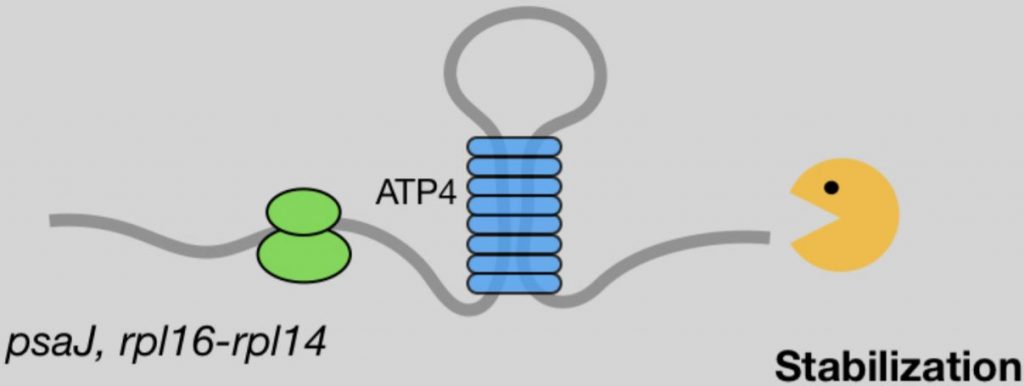
Expanded function of the P-type pentatricopeptide repeat protein ATP4 in RNA editing
Blog, Plant Physiology, Plant Physiology: News and Views, ResearchTianhu Sun
ORCID ID: 0000-0002-2513-1387
Plant Breeding and Genetics Section, School of Integrative Plant Science, Cornell University, Ithaca, New York 14853
[email protected]
Chloroplasts are semi-autonomous organelles that retain their own genomes derived from their cyanobacterial ancestors,…
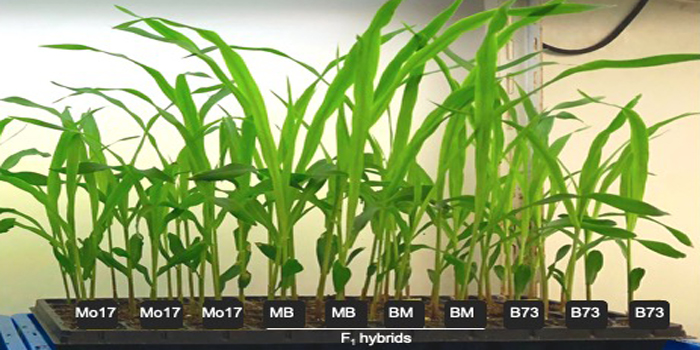
How circadian changes in metabolism affect hybrid vigor
Blog, Research, The Plant Cell, The Plant Cell: In a NutshellZhi Li, Andan Zhu, et al. compare inbred and hybrid lines to explore how daily changes in metabolic pathways affect hybrid vigor. The Plant Cell https://doi.org/10.1105/tpc.20.00320
Background: Heterosis or hybrid vigor refers to the superior growth or fitness in the hybrid progeny compared to one…
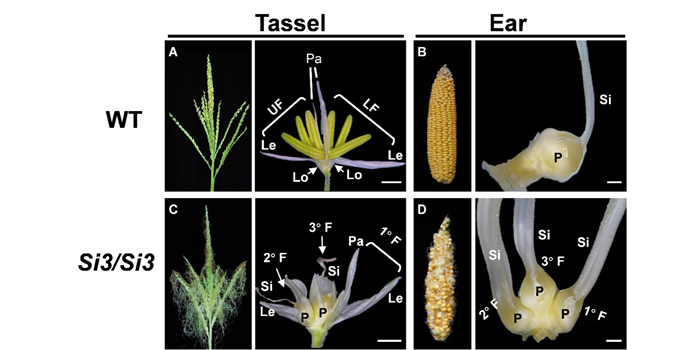
silky3 Is a Novel Transcriptional Regulator that Influences Multiple Flower Development Pathways in Maize
Blog, Research, The Plant Cell, The Plant Cell: In a NutshellLuo et al. demonstrate that ectopic expression of silky3, a novel transcriptional regulator, causes pleiotropic developmental defects in maize inflorescences.. Plant Cell https://doi.org/10.1105/tpc.20.00043
By Haishan Luo, China Agricultural University, Beijing 100193, China
Background: Inflorescence…
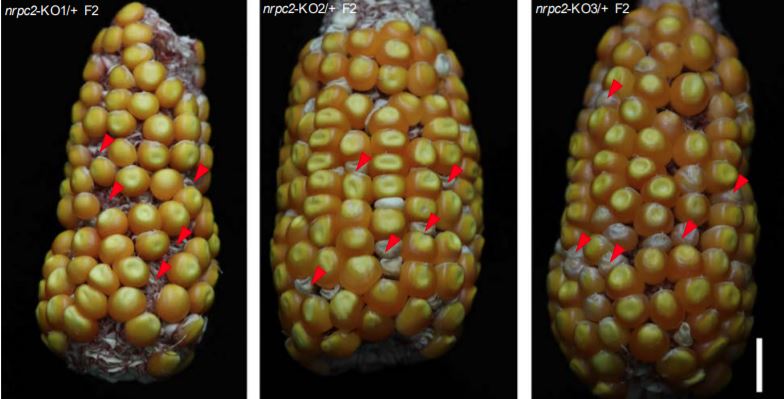
Maize RNA Polymerase III Subunit NRPC2: New Kid on the Kernel Development Block
Blog, Plant Physiology, Plant Physiology: News and Views, ResearchDhineshkumar Thiruppathi 1,2
ORCID ID: 0000-0002-2018-3356
Donald Danforth Plant Science Center,
Saint Louis, Missouri 63132
1Senior author
2Author for contact: [email protected]
Seed (kernel) size affects evolutionary fitness and crop yield. In angiosperms, seed size…

Exploring variation in a key maize regulator of floral form
Blog, Research, The Plant Cell, The Plant Cell: In a NutshellMaría Jazmín Abraham-Juárez, Amanda Schrager-Lavelle et. al. explore how variation in a key floral regulator affects floral development, downstream gene expression and protein complex assembly in maize. Plant Cell https://doi.org/10.1105/tpc.20.00300
by Jazmin Abraham-Juarez, Biology Department,…

How do Chromosomes Evolve via Unstable Intermediates?
Blog, Research, The Plant Cell, The Plant Cell: In a NutshellYalin Liu, Handong Su, Jing Zhang, et al. explore centromere birth and death by inducing rearrangements via pollen irradiation in maize. Plant Cell https://doi.org/10.1105/tpc.20.00389
Background: The centromere is one of the most important components of chromosomes. Every normal chromosome has one…
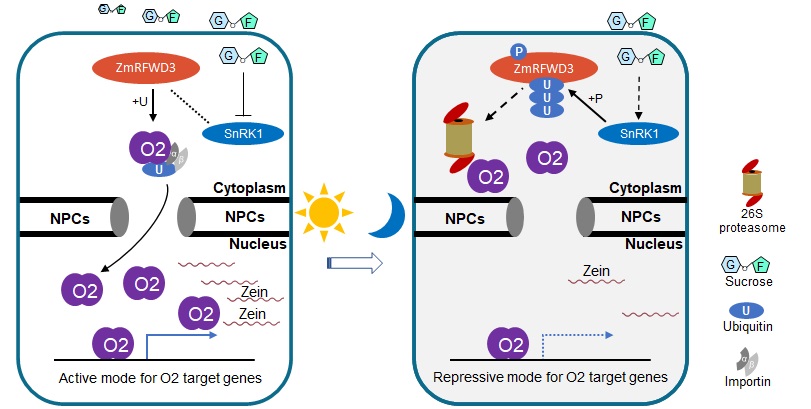
Rhythms in the dark: how endosperm responds to daylight cycles
Blog, Research, The Plant Cell, The Plant Cell: In a NutshellLi et al. discover a diurnal pattern in sucrose content in developing maize endosperm that relies on the action of an E3 ubiquitin ligase on the master regulator transcription factor Opaque2. Plant Cell https://doi.org/10.1105/tpc.20.00352
By Chaobin Li, Zeyang Ma, Rentao Song, China Agricultural…
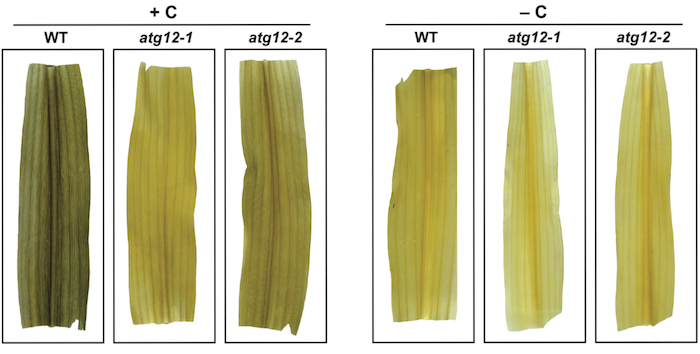
The Multifaceted Roles of Autophagy in Fixed-carbon Starvation
Blog, Research, The Plant Cell, The Plant Cell: In a NutshellMcLoughlin et al. uncover the critical roles of autophagy in recycling amino acids and nitrogen-rich nucleotides, adjusting respiratory substrates, and the retention of assimilated nitrogen in maize during fixed-carbon starvation. The Plant Cell (2020) https://doi.org/10.1105/tpc.20.00226
Background:…

Predicting Gene Regulatory Networks
Research, The Plant Cell, The Plant Cell: In a NutshellZhou et al. develop and test potential gene regulatory networks in maize. Plant Cell https://doi.org/10.1105/tpc.20.00080
By Peng Zhou and Nathan Springer
Background: Transcription factors (TFs) play critical roles in regulating the expression of genes. A single TF can control the expression of…

